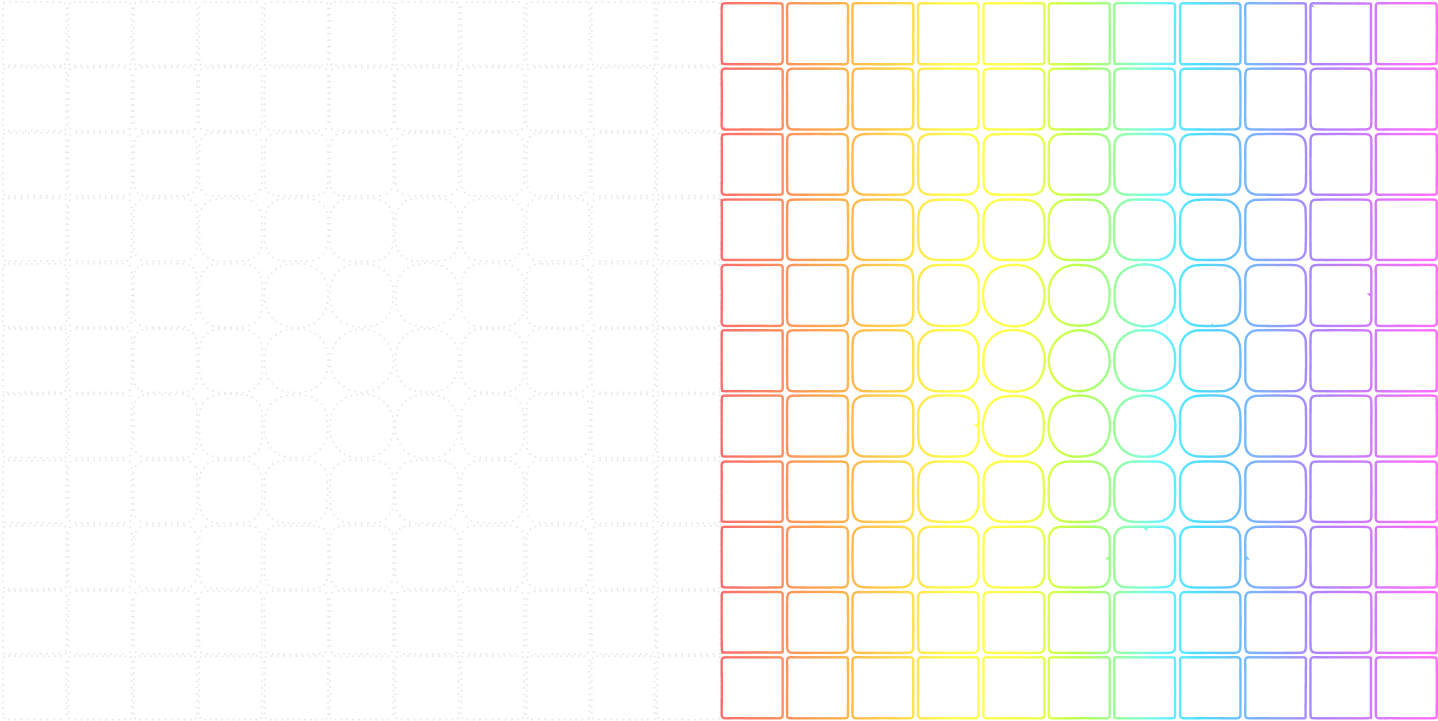
What Tokenisation With DOS Implies
The Digital Original Standard offers a distinctive approach to tokenizing physical art. Galleries record digitized artworks on the blockchain, adopting its best features like immutable storage and transparent provenance while creating only one tokenized art per physical original.
This way, our tokenization solution for art ensures assets maintain their authenticity, value, and collectors’ interest in the saturated art market for a long time.
Who Takes Part in DOS Tokenisation
Artists
Being creators and rightful owners of IP, they define the terms of use and the cost of digital originals.
Collector
The collector initiates the minting process and grants the DOS process the ability to create new tokens on a blockchain.
Galleries
The role of galleries is to help their artists learn how to tokenize art, bargain a favorable deal and protect their rights.
Verified Marketplaces
As service providers, verified marketplaces foster token circulation and their sale.
Token Components
RAW file in the IPFS
While RAW files ensure that your artworks preserve the highest possible fidelity in the digital realm, IPFS assures their security. Not only is this system resilient to third-party attacks or altercations, but it also doesn’t rely on a distributor of your files.
Metadata
The JSON component encapsulates crucial metadata about the artwork, encompassing details like creation year, artistic technique, and relevant information. It also incorporates data about the artist, providing insights into their background and other pertinent details.
Usage License
Documents that define ownership rights to the token and all data related to the artwork, as well as the usage rights, rules, and possible restrictions. Integrated with smart contracts, they are automatically enforced and transferred to token buyers.
Preview Image
The preview image offers a visual preview of the artwork, providing a convenient glimpse into its content. It serves as a smaller, easily accessible version, enabling users to preview and assess the piece without accessing the full, high-resolution file.
Features of DOS Tokenisation
Using DOS-verified marketplaces, galleries can sell their tokenised art directly to collectors for a fixed price. However, unlike offline deals, direct online sales have no expenses associated with expensive or time-consuming due diligence, physical storage, or transportation.
Working similarly to traditional auctions, digital ones offer galleries an opportunity to increase the price of tokenised artworks through competitive bidding. Moreover, galleries don’t have to pay high fees associated with the art auction houses.
With smart-contracts, galleries and artists can automatically receive royalties from each resale of their tokenised artworks. It generates a long-term revenue stream, which ensures creators receive proper compensation for their work.
The token minting method allows galleries to pass on costs to those interested in purchasing specific artworks. This way, galleries will be able to sell Digital Originals with all the benefits for zero investment.
Through tokenization and the decentralized blockchain network, digitized artworks are securely stored and their access is permanently available to the owner.
Using DOS-verified marketplaces, galleries can sell their tokenised art directly to collectors for a fixed price. However, unlike offline deals, direct online sales have no expenses associated with expensive or time-consuming due diligence, physical storage, or transportation.
Discover DOS components
Discover DOS components
01.
Validation
Learn more02.
Digitalisation
Learn more03.
Tokenization
Learn more04.
Marketplaces
Learn more